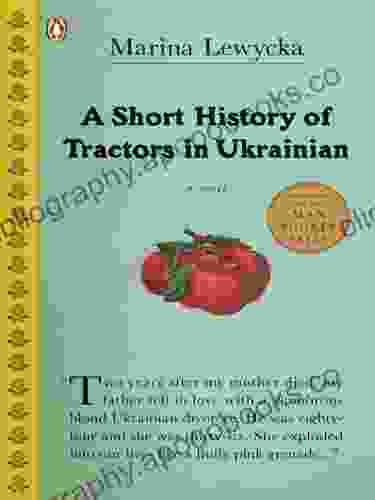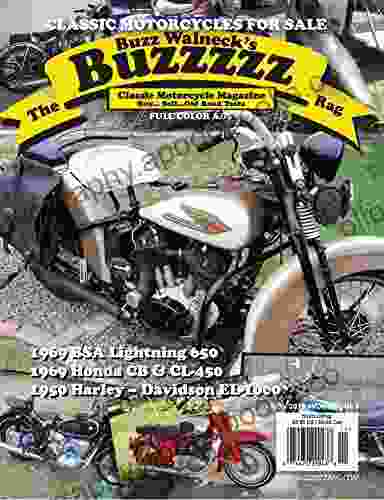Unveiling the Enthralling History of Tractors in Ukraine: A Comprehensive Guide

In the vast tapestry of Ukraine's agricultural heritage, tractors stand as towering figures, indispensable tools that have transformed the nation's farming practices and shaped its economic landscape. This comprehensive guide delves into the rich history of tractors in Ukraine, tracing their evolution from humble beginnings to the sophisticated machines of today.
4.1 out of 5
| Language | : | English |
| File size | : | 1209 KB |
| Text-to-Speech | : | Enabled |
| Screen Reader | : | Supported |
| Enhanced typesetting | : | Enabled |
| Word Wise | : | Enabled |
| Print length | : | 314 pages |
The Early Years: The Birth of Mechanized Farming
The of tractors to Ukraine's fields in the early 20th century marked a watershed moment in the country's agricultural history. Prior to this, farming was largely dependent on manual labor and animal power, limiting productivity and efficiency. The arrival of tractors brought about a paradigm shift, enabling farmers to cultivate larger areas of land with greater speed and precision.
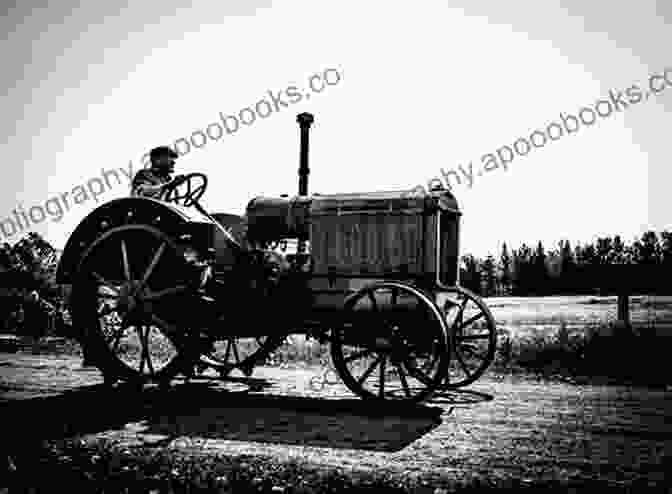
Initially, imported tractors from countries like the United States and Germany dominated the Ukrainian market. However, the need for domestic production soon became apparent, leading to the establishment of tractor factories in Kharkiv and Kyiv in the 1930s.
Soviet Era: The Rise of Industrialized Agriculture
The Soviet era witnessed a surge in tractor production in Ukraine, driven by the government's ambitious agricultural collectivization program. Factories churned out thousands of tractors, primarily models designed by the Kharkiv Tractor Plant (XTZ). These machines played a pivotal role in the expansion of state-owned farms and the intensification of agricultural production.
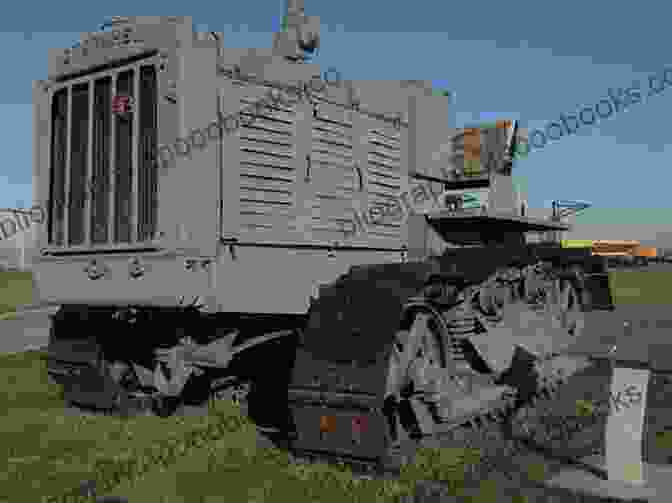
Iconic models like the DT-54 and T-150 became synonymous with Ukrainian agriculture, renowned for their durability and versatility. These tractors formed the backbone of collective farms, powering operations from ploughing and sowing to harvesting and transportation.
Post-Soviet Era: Transition and Transformation
Following Ukraine's independence in 1991, the agricultural sector underwent significant restructuring. The dismantling of collective farms led to the emergence of private and family-run operations, each with varying needs and demands for farm machinery.
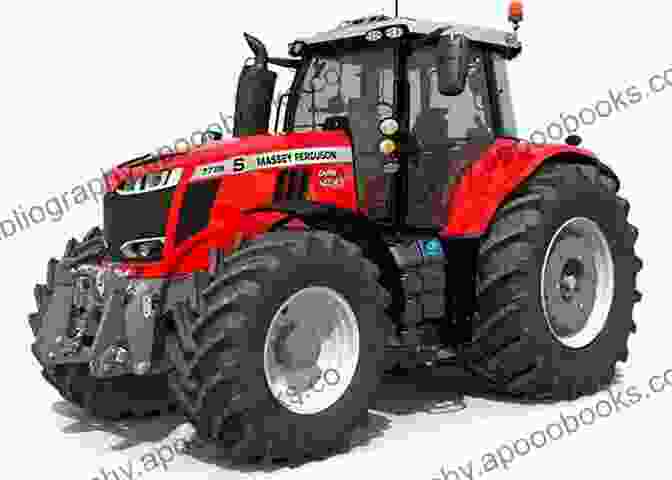
Ukrainian tractor manufacturers, such as KhTZ and Yuzhmash, adapted to the changing market conditions by introducing new models and technologies. Western-made tractors also gained popularity, offering farmers a wider range of choices. The integration of precision farming techniques, such as GPS guidance and variable-rate application, further enhanced the efficiency and productivity of tractors.
Cultural Impact
Beyond their practical significance, tractors have become deeply ingrained in Ukrainian culture. They are celebrated in folk songs and literature, symbolizing the strength and resilience of the nation's agricultural heritage. Tractor enthusiasts organize rallies and exhibitions, showcasing vintage and modern machines alike.
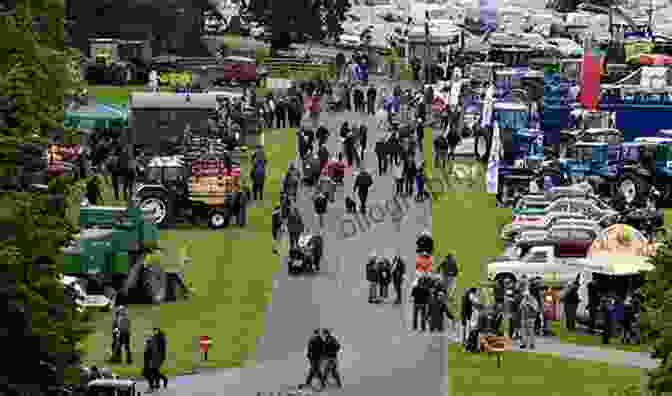
Tractors have also played a symbolic role in Ukrainian politics and national identity. During the Orange Revolution of 2004, tractors were prominently featured in protests, representing the rural support for the opposition candidate Viktor Yushchenko.
The history of tractors in Ukraine is an epic tale of mechanization, innovation, and cultural significance. From the early days of imported machines to the sophisticated models of today, tractors have transformed the nation's agricultural landscape, enabling farmers to feed a growing population and contribute to the country's economic prosperity. As Ukraine continues to navigate the challenges and opportunities of modern agriculture, the enduring legacy of tractors remains a testament to their vital role in shaping the nation's agricultural destiny.
4.1 out of 5
| Language | : | English |
| File size | : | 1209 KB |
| Text-to-Speech | : | Enabled |
| Screen Reader | : | Supported |
| Enhanced typesetting | : | Enabled |
| Word Wise | : | Enabled |
| Print length | : | 314 pages |
Do you want to contribute by writing guest posts on this blog?
Please contact us and send us a resume of previous articles that you have written.
 Book
Book Novel
Novel Page
Page Chapter
Chapter Text
Text Story
Story Genre
Genre Reader
Reader Library
Library Paperback
Paperback E-book
E-book Magazine
Magazine Newspaper
Newspaper Paragraph
Paragraph Sentence
Sentence Bookmark
Bookmark Shelf
Shelf Glossary
Glossary Bibliography
Bibliography Foreword
Foreword Preface
Preface Synopsis
Synopsis Annotation
Annotation Footnote
Footnote Manuscript
Manuscript Scroll
Scroll Codex
Codex Tome
Tome Bestseller
Bestseller Classics
Classics Library card
Library card Narrative
Narrative Biography
Biography Autobiography
Autobiography Memoir
Memoir Reference
Reference Encyclopedia
Encyclopedia Timothy P Maga
Timothy P Maga Shaik Akbar
Shaik Akbar David Snodin
David Snodin Serena Faber Nelson
Serena Faber Nelson David Ross Komito
David Ross Komito Richard Turbet
Richard Turbet Nancy Urzo
Nancy Urzo Patrick Davies
Patrick Davies Merrill Chandler
Merrill Chandler Maureen Connors Santelli
Maureen Connors Santelli Kasey Jueds
Kasey Jueds David W Chang
David W Chang Randy Southern
Randy Southern Dawn Chatty
Dawn Chatty Deborah Cameron
Deborah Cameron Michael Pool
Michael Pool Jim Mackie
Jim Mackie Kirsten Kirby
Kirsten Kirby Philip Armstrong
Philip Armstrong Susan Wingate
Susan Wingate
Light bulbAdvertise smarter! Our strategic ad space ensures maximum exposure. Reserve your spot today!

 Dylan MitchellEscape into the Heart of the Rocky Mountains with "The Black Sheep Salvation...
Dylan MitchellEscape into the Heart of the Rocky Mountains with "The Black Sheep Salvation... Tyrone PowellFollow ·8.2k
Tyrone PowellFollow ·8.2k Herb SimmonsFollow ·4.4k
Herb SimmonsFollow ·4.4k Hamilton BellFollow ·7k
Hamilton BellFollow ·7k Barry BryantFollow ·4.8k
Barry BryantFollow ·4.8k Corey HayesFollow ·9.5k
Corey HayesFollow ·9.5k Jackson HayesFollow ·19.9k
Jackson HayesFollow ·19.9k Nathan ReedFollow ·14.3k
Nathan ReedFollow ·14.3k Dylan MitchellFollow ·13.5k
Dylan MitchellFollow ·13.5k

 Finn Cox
Finn CoxEmpowering School-Based Professionals: A Comprehensive...
: The Role of School-Based Professionals in...
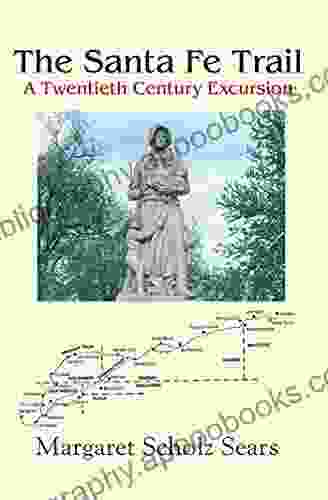
 F. Scott Fitzgerald
F. Scott FitzgeraldThe Santa Fe Trail Twentieth Century Excursion: A...
Get ready to embark on an...
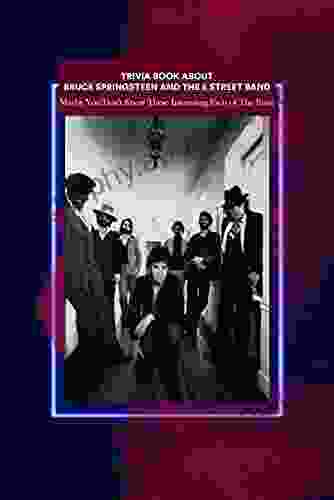
 Kendall Ward
Kendall WardThe Ultimate Trivia Guide to Bruce Springsteen and the...
Bruce Springsteen...

 Jedidiah Hayes
Jedidiah HayesThe Trouble with Lacy Brown: Texas Matchmakers - A...
Prepare to be swept...
4.1 out of 5
| Language | : | English |
| File size | : | 1209 KB |
| Text-to-Speech | : | Enabled |
| Screen Reader | : | Supported |
| Enhanced typesetting | : | Enabled |
| Word Wise | : | Enabled |
| Print length | : | 314 pages |


